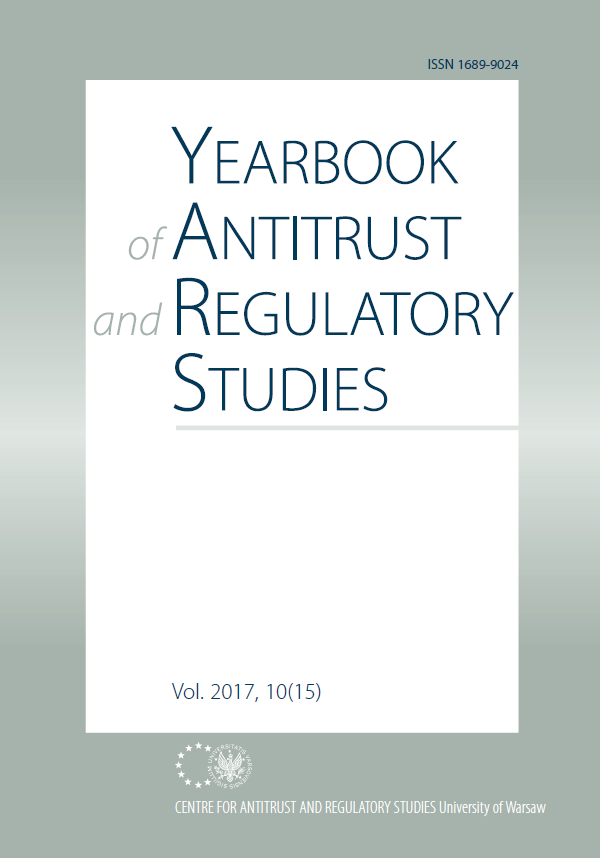Joint and Several Liability of Competition Law Infringers in the Legislation of Central and Eastern European Member States
Joint and Several Liability of Competition Law Infringers in the Legislation of Central and Eastern European Member States
Author(s): Péter Miskolczi-Bodnár, Róbert SzuchySubject(s): Business Economy / Management, Commercial Law
Published by: Wydawnictwo Naukowe Wydziału Zarządzania Uniwersytetu Warszawskiego
Keywords: joint and several liability; maximum degree of liability; micro, small and medium-sized enterprises; full compensation; proportional reimbursement; direct or indirect purchasers and suppliers; ceiling
Summary/Abstract: The study reviews the provisions of the Directive by, first, presenting its general rule – joint and several liability – and then its two exceptions, pointing out that albeit they contain similar solutions, these have different reasons in the case of leniency applicants obtained immunity from fines and small and medium-sized enterprises. The study examines whether the 11 CEE Member States prescribe joint and several liability, in principle, to cases where multiple persons cause harm jointly by an infringement of competition law. The study also analyses the position of an immunity recipient in national laws. During the examination, the study separates the position of the immunity recipient and the injured parties, as well as the position of the immunity recipient and other co-infringers, as is the case in the Directive. The study summarizes also national experiences with the implementation of the Damages Directive. It is a fact that the norms of the Directive have been implemented, and there is no deviation to jeopardize either the enforcement of claims for damages or the integrity of the internal market. Nevertheless, having established two separate exceptions, it would have been duly justified for the Commission to explain them in detail, considering their rules differ from each other. Noticeably, some CEE countries considered the difference unjustified and uniformly provided an opportunity for the co-infringer who compensated the harm of an injured party to submit a reimbursement claim against the immunity recipient and SMEs. Other CEE countries considered that they did not have the authority to do so.It would be worth reviewing the implementation of the exceptions to joint and several liabilities after a year, in conjunction with the issue of alternative dispute resolution. The study makes aproposal for an amendment of the Directive. Doctrinal views related to the SMEs exemption from joint and several liability draw attention to the fact that it is unfortunate if solutions designed in arelatively late stage of the legislative procedure do, in fact, later become a part of that directive. It would seem practical, for example, to declare that this exception shall be applied also to micro enterprises in relation to the compensation of harms caused by infringements of competition law. The Damages Directive requires, however, the implementation of this exception only with regard to small and medium-sized enterprises.
Journal: Yearbook of Antitrust and Regulatory Studies (YARS)
- Issue Year: 10/2017
- Issue No: 15
- Page Range: 85-109
- Page Count: 25
- Language: English

